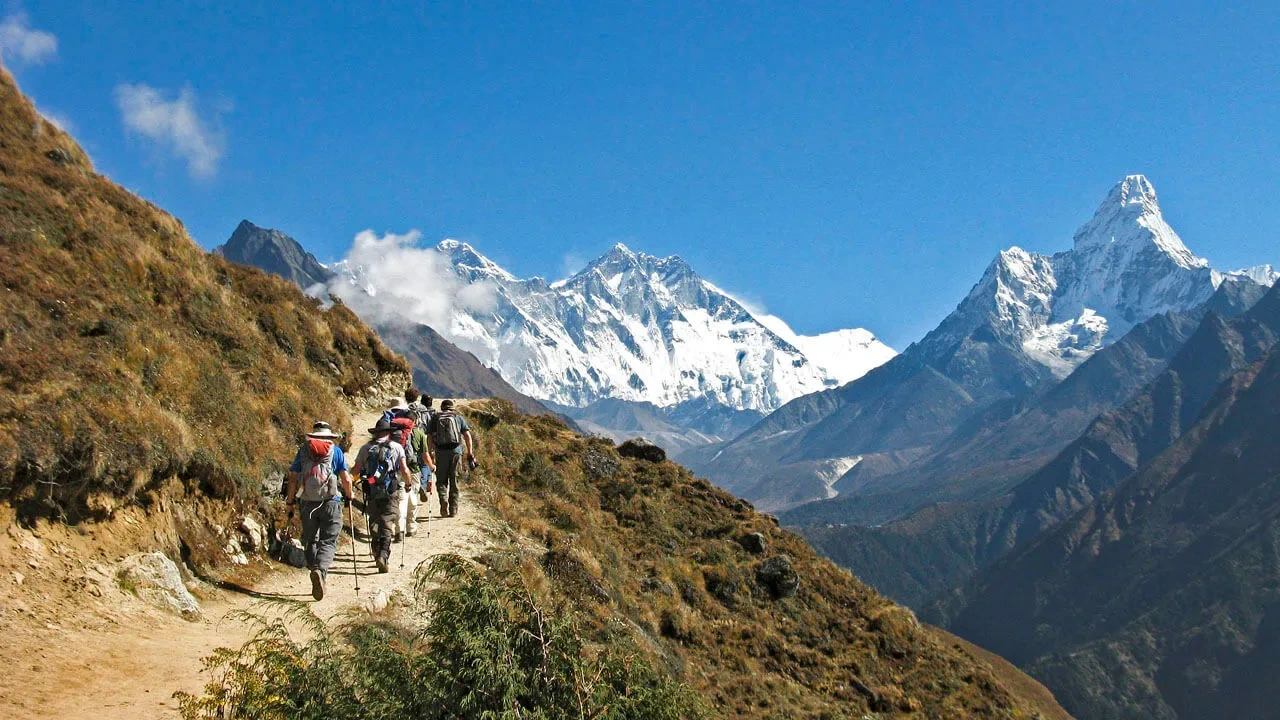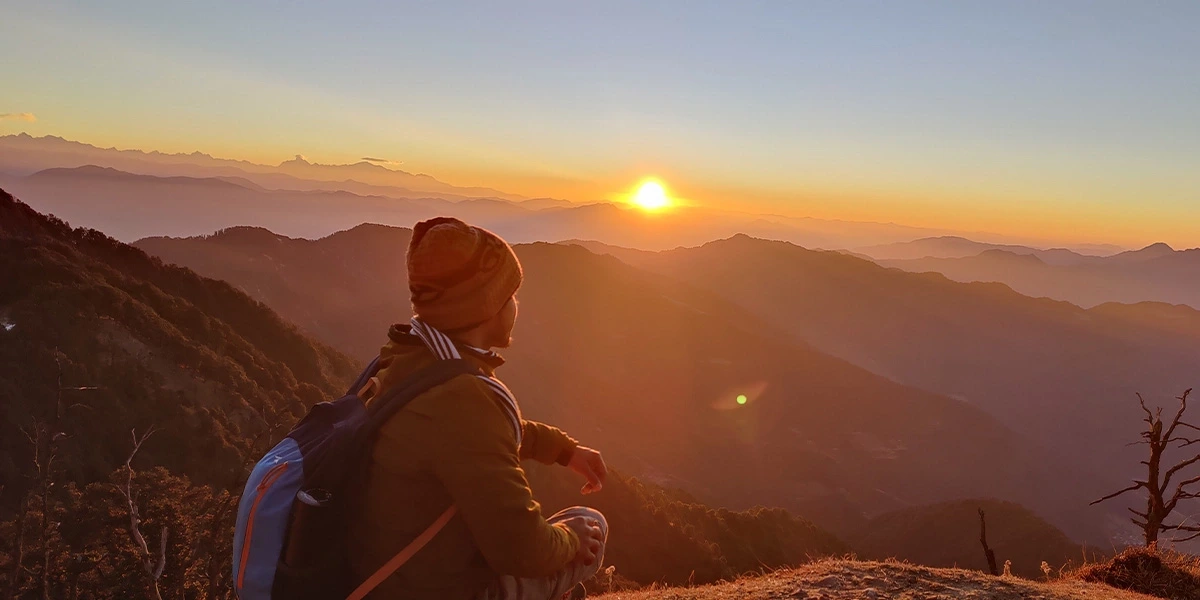Trekking in the Himalayas is an exhilarating experience, offering breathtaking views, challenging terrains, and a sense of accomplishment like no other. However, the rugged and unpredictable environment demands careful preparation, especially when it comes to the right trekking gear. Having the proper equipment ensures that you stay safe, comfortable, and prepared for the challenges the mountains may present. This guide will help you understand the essential trekking gear you need to have a safe Himalayan adventure.
1. Proper Footwear: Your Foundation for Safety
Footwear is one of the most critical pieces of gear when trekking in the Himalayas. The terrain can be steep, rocky, muddy, or snowy, and the right shoes will make the difference between an enjoyable trek and a painful journey.
Key Features to Look For:
- Waterproofing: Since weather conditions in the mountains can change quickly, waterproof shoes or boots are essential to keep your feet dry during rain, snow, or wet conditions.
- Good Traction: The Himalayas are known for their rugged and often slippery paths. Trekking boots with deep treads and solid traction are essential for maintaining stability on rocky or icy trails.
- Ankle Support: Trekking boots that offer ankle support are crucial, especially for steep climbs and descents, as they help prevent injuries like sprains and strains.
2. Layered Clothing: Be Prepared for All Weather
The weather in the Himalayas can be unpredictable, with sudden drops in temperature or unexpected rainstorms, even in the summer months. Layering your clothing effectively is key to staying comfortable during your trek.
What to Wear:
- Base Layer: A moisture-wicking base layer is essential for keeping sweat away from your skin. Materials like merino wool or synthetic fabrics work best to regulate body temperature and avoid chafing.
- Mid Layer: This layer provides insulation and retains body heat. Fleece jackets or down jackets are great options for keeping warm.
- Outer Layer: A waterproof and windproof jacket is necessary to protect you from rain, snow, and cold winds. Make sure it is breathable to allow sweat to escape, preventing you from getting too hot or damp.
Tip: Always carry a packable down jacket or an extra fleece layer in your bag as a backup in case temperatures drop unexpectedly.
3. Trekking Poles: Stability on Rocky and Slippery Terrain
Trekking poles are an often-overlooked piece of gear but are incredibly beneficial for maintaining balance and reducing strain during your trek. They can significantly enhance your stability, especially when navigating steep inclines, rocky paths, or slippery surfaces.
Benefits of Trekking Poles:
- Balance: Trekking poles provide extra stability on uneven and rocky terrain, helping you maintain your balance.
- Reduced Pressure on Knees: During downhill treks, poles help distribute the impact on your knees, preventing strain and potential injuries.
- Leverage on Steep Climbs: Trekking poles offer additional support while climbing uphill, making it easier to maintain a steady pace.
4. Headlamp: Lighting the Way in the Dark
For many high-altitude treks, especially those aimed at reaching summits for sunrise, early mornings or late-night starts are common. A reliable headlamp is an essential piece of gear for navigating in low-light conditions.
Why You Need a Headlamp:
- Hands-Free Lighting: A headlamp allows you to illuminate your path without using your hands, which is crucial when you need to use your trekking poles or handle other tasks like setting up camp.
- Long Battery Life: Choose a headlamp with a long battery life to ensure it lasts through long evenings or early starts.
- Brightness: Ensure the headlamp is bright enough to help you navigate through rocky or uneven trails in the dark.
5. First Aid Kit: Be Prepared for the Unexpected
Accidents, injuries, or altitude sickness can occur during a trek, so having a well-stocked first aid kit is crucial. The harsh conditions in the Himalayas mean that having immediate access to medical supplies is important for treating minor injuries and preventing further complications.
What to Include in Your First Aid Kit:
- Bandages and Gauze: For cuts, blisters, or scrapes, always carry bandages and gauze to prevent infection.
- Pain Relief: Carry painkillers such as ibuprofen or paracetamol for headaches, muscle soreness, or other discomforts.
- Altitude Sickness Medication: At high altitudes, altitude sickness is a risk. Acetazolamide (Diamox) is commonly used to prevent or treat altitude sickness, but always consult a doctor before your trek.
- Antiseptic Cream: Keep antiseptic cream or wipes to clean wounds and prevent infection.
6. Hydration System: Stay Hydrated at High Altitudes
Staying hydrated is essential during any trek, especially at high altitudes where dehydration can occur more quickly. Carrying a hydration system that allows easy access to water while on the move will help you maintain hydration throughout the day.
What to Bring:
- Water Bottles: Choose durable, lightweight water bottles that can withstand extreme temperatures.
- Hydration Bladder: A hydration bladder with a drinking tube allows you to sip water on the go without having to stop and remove your bottle from your backpack.
- Water Purification Tablets: In remote areas, access to clean water may be limited. Carrying water purification tablets or a portable water filter can ensure that the water you drink is safe.
7. Backup Gear: Always Be Prepared for the Worst
No matter how well you prepare, things can sometimes go wrong on a trek. It's always a good idea to carry backup gear in case of malfunctions or lost items.
What to Carry:
- Spare Batteries: Always bring extra batteries for your headlamp, camera, or other electronic devices.
- Multi-tool: A multi-tool with a knife, scissors, and screwdriver can come in handy for repairing gear or other tasks.
- Backup Clothes: Carry an extra set of clothing, including socks, gloves, and a rain cover, in case your primary set gets wet or damaged.
Conclusions
Trekking in the Himalayas requires careful planning and the right gear to ensure a safe and comfortable journey. By investing in high-quality trekking boots, layering your clothing, using trekking poles, packing a reliable headlamp, carrying a first aid kit, staying hydrated, and always having backup gear, you can enjoy the beauty of the mountains without compromising your safety. Proper gear not only enhances your experience but also helps you stay prepared for the unpredictable conditions that can arise in the rugged Himalayan terrain. Make sure to plan ahead, pack wisely, and remember that safety should always come first when embarking on any trekking adventure.






